Tom Denton | Google
Presenting: "Biodiversity monitoring with acoustics"
Hosted by the Central Coast Wetlands Group
MLML Seminar | February 28th, 2024 at noon

Abstract:
Bio:
MLML Seminar | February 28th, 2024 at noon

Abstract:
Bio:
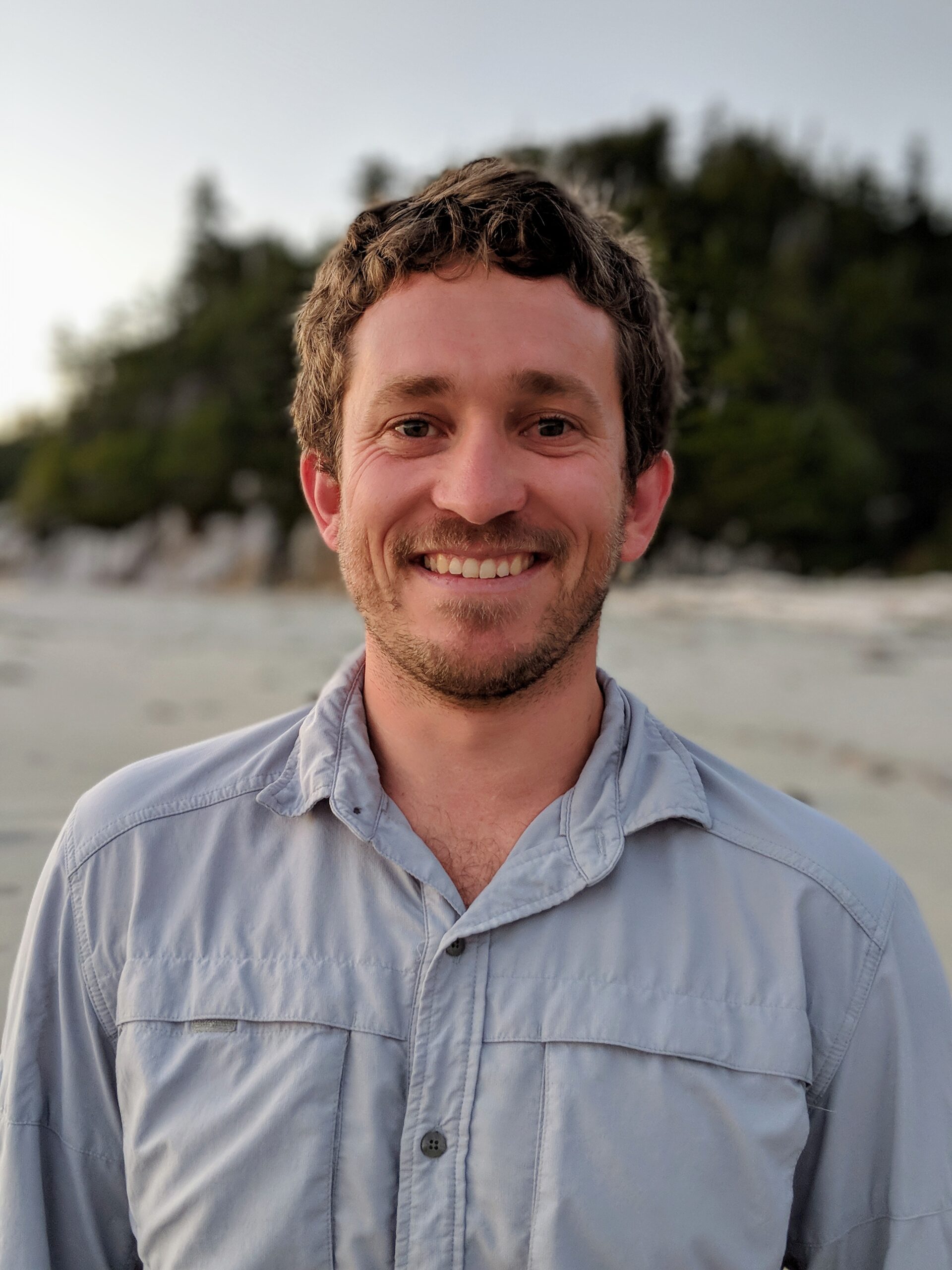
Abstract:
Kelp forests host tremendous biodiversity and provide essential ecosystem services but increasingly face direct and indirect threats from rapid global change. Environmental stressors like ocean warming and marine heatwaves impose direct physiological stress on foundational kelp species as well as indirect threats via impacts on primary consumption by grazers. However, it may be impossible to generalize the impacts combined ocean warming, acidification, and other drivers have on critical ecological interactions like herbivory due to complex energetic impacts on both consumers and their resource(s). Therefore, it is advantageous to focus on understanding specific consumer responses to multiple drivers and dynamic conditions in ecologically key taxa, such as the purple sea urchin, Strongylocentrotus purpuratus. As with all consumers, the abundance and quality of available food constrains the energy budgets of sea urchins, mediating their responses to stressors. Here I will discuss how changes in the abundance and composition of macroalgae, S. purpuratus’s primary food, as well as contemporary abiotic stressors affect physiology, performance, and subsequent ecological impacts. I will reference case studies in British Columbia, Canada utilizing field and laboratory-based experiments. These empirical studies provide basic insights to inform applied restoration of degraded kelp forests, improved energetic modeling based on first principles, and expectations for consumer-resource interactions in the context of rapid global change.
Bio:
I study basic and applied marine science emphasizing physiological ecology, fisheries, and global change. As a Postdoctoral Researcher at Moss Landing Marine Laboratories, I investigate the influences of marine protected areas (MPAs), benthic habitat, and species traits on spatiotemporal trends of fishery performance. As a National Science Foundation Ocean Sciences Postdoctoral Research Fellow (NSF OCE 2308398), I study independent and combined impacts of temperature, acidification, and deoxygenation on the physiology, performance, and population dynamics of sea urchins whose grazing shapes nearshore ecosystems. To this end, I apply field experiments in the natural laboratory provided by geographic gradients of upwelling intensity in coastal California paired with manipulative experiments in a controlled laboratory setting. I aim to formalize and scale up insights from these studies using mechanistic modeling which leverages energetic theory to improve our ability to predict coastal ecological dynamics in a context of rapid global change. Some of my happiest moments involve exploration, whether it is foraging in cloudy coastal redwood forests with my family or breathing underwater in emerald kelp forests bathed in filtered golden sunlight.
MLML Seminar | March 13th, 2024 at noon
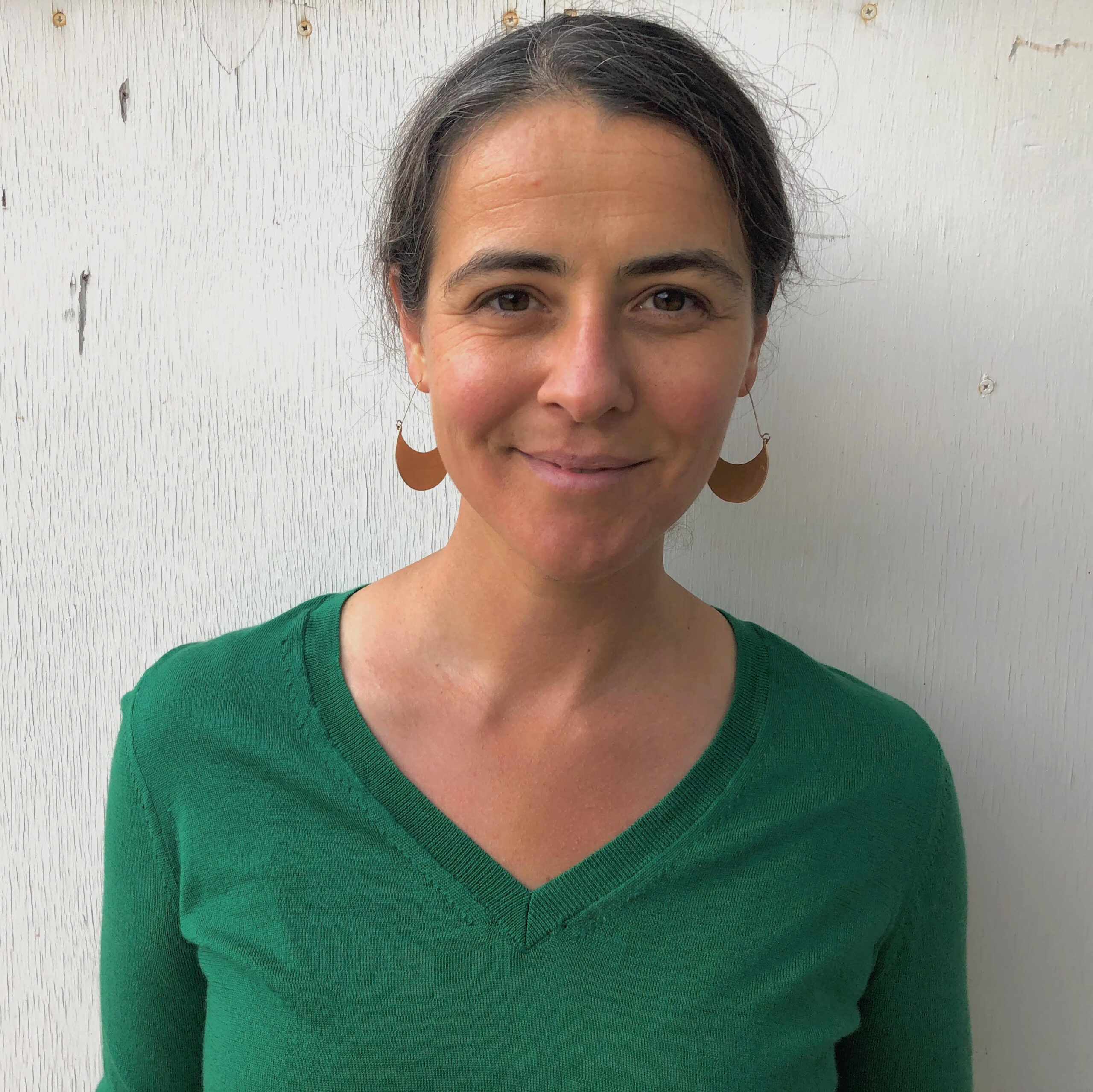
Abstract:
In this presentation, I will overview NASA’s EXport Processes in the Ocean from Remote Sensing 2021 Field Campaign in the North Atlantic (EXPORTS NA) focusing on the physical processes modulating water transformations and carbon export during the study. A major programmatic goal was to conduct the sampling in a Lagrangian mode so that ocean ecological and biogeochemical changes can be observed independent from physical advective processes. To accomplish this goal, EXPORTS NA conducted a multi-ship, multi-asset field sampling program within a retentive, anticyclonic mode water eddy. Lagrangian sampling assets remained within the eddy core throughout the experiment, demonstrating that the mode water eddy was retentive. Outside the retentive eddy core, the rich mesoscale flow field advected biogeochemical tracers around the periphery of the eddy. Additionally, strong westerly winds from four storm events deepened the mixed layer (ML) above the eddy’s mode water and exchanged surface waters outside of the eddy via Ekman transport. Within this environment, two major carbon export events were observed: 1) Gravitational sinking of organic matter out of the ML in the retentive eddy core, and 2) organic matter advected vertically along isopycnals along the eddy edge. Combined these illustrate two examples of export pathways in dynamical regions such as the North Atlantic.
Bio:
I am a Physical Oceanographer at the Applied Physics Lab, University of Washington. My research focuses on processes at the atmosphere-ocean interface that influence the distribution of heat, salt, momentum, and biogeochemical tracers in the upper ocean. Studying the physics of the near surface ocean is essential for understanding how the upper ocean communicates with the atmosphere as well as with the interior circulation. This is a multi-scale problem, requiring detailed studies to explore mechanisms at play, along with an understanding of how these processes integrate to impact the weather and climate system. My research combines observations, numerical models, geophysical fluid dynamics theory, and applied mathematics across scales to address these topics. I received an MS from San Francisco State University and a PhD from the University of Washington. After a postdoctoral appointment at Brown University, I returned to UW as a Senior Oceanographer at the Applied Physics Lab and an Affiliate Assistant Professor within the School of Oceanography.
MLML Seminar | March 20th, 2024 at noon

Abstract:
Dissolved oxygen plays a major role in determining the composition and vertical distribution of mesopelagic prey that are of global ecological importance due to their large biomass. Recent work that documented prey capture events at >800 m suggested that the oxygen minimum zone (OMZ) provides important foraging habitat for northern elephant seals (Mirounga angustirostris) where they can target sluggish mesopelagic prey. In this talk, I will start by detailing some of my PhD work in which I assessed northern elephant seals’ population-level use of OMZs across their two annual foraging trips by combining tracking and diving data from 364 adult female seals with modeled monthly dissolved oxygen data from Copernicus Marine Service. Overall, I found that, at the population level, seals primarily used the OLZ, but I will dive deeper into the diel, regional, and seasonal differences that exist, and which strategy led to greater foraging success. Finally, I will highlight a current project with collaborators that is using newly developed dissolved oxygen loggers (Little Leonardo Ltd.) to obtain in situ oxygen data at the same resolution of the seals’ foraging behavior. These data will better elucidate the indirect effects of dissolved oxygen on their foraging behavior. Through this work, we have determined elephant seals can serve as a sentinel species for monitoring ecosystem-level impacts of OMZ expansion associated with climate change.
Bio:
I am a postdoctoral research fellow working jointly with Dr. Dan Costa (University of California, Santa Cruz) and Dr. Akinori Takahashi (National Institute of Polar Research). I like to call myself a movement ecophysiologist who uses biologgers to study freely diving marine megafauna in their natural context. I am broadly interested in how diving marine megafauna are adapted to and make a living in the marine environment and how they might be affected by anthropogenic disturbances and environmental change. My current research focuses on the diving behavior and foraging ecology of northern elephant seals relative to low-oxygen zones, work that started during my PhD and is continuing for my postdoc. I’ve dabbled in refurbishing and customizing physiological biologgers for some of my dissertation work, and now I’m helping test newly developed dissolved oxygen loggers. I find it exciting to be part of projects that are advancing biologging technology to better answer our research questions. I’ve been fortunate to travel and work with a handful of pinniped species, including crabeater seals in Antarctica, Caspian seals in Kazakhstan, and California sea lions, alongside inspiring collaborators.
MLML Seminar | March 27th, 2024 at noon
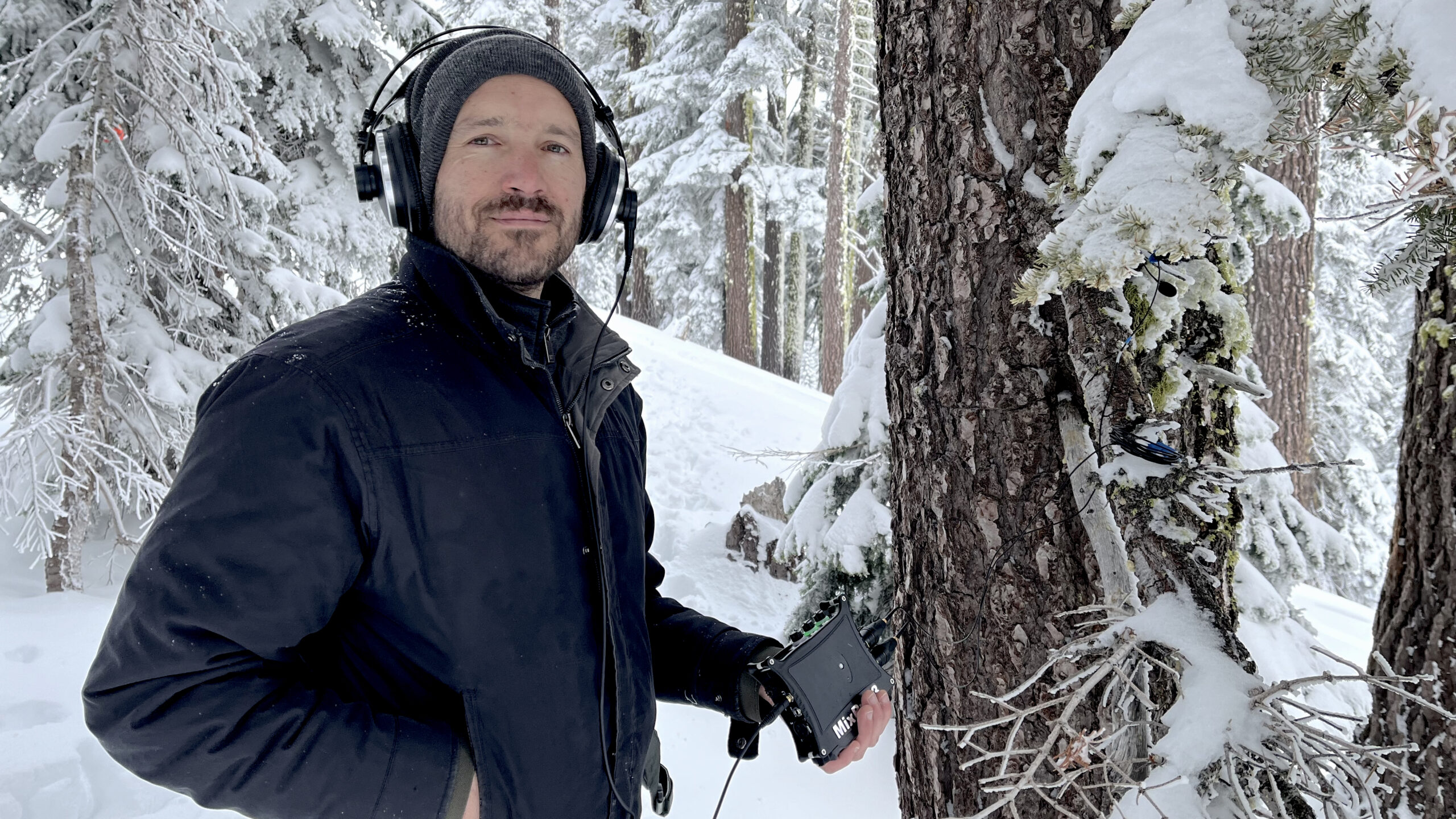
Abstract:
Forestcover combines climate science with musical composition. Through earth system modeling, we test how expanding forest cover based on biophysical and sociopolitical realities will impact climate as well as ecosystems and the services they provide, at the global and regional scale. We then translate the modeling outputs into sound, thereby transforming ecological climatology data into music. This collaboration seeks to connect the sciences with the arts, specifically environmental science with music, in order to expand the possibilities of cultural engagement with environmental change and sustainability.
Bio:
Christopher Luna-Mega is a composer from Mexico City. Interested in focused listening, performance strategies, audio technology, and interdisciplinary collaboration, his work analyzes sounds and data from natural and urban environments and translates them into notated music for performers and electronics in various forms of media. His music has been featured in festivals such as Other Minds "The Nature of Music" (Berkeley, CA), Diferencial (Mexico City), the New York City Electroacoustic Music Festival, Seoul International Computer Music Festival (Gwanju), AngelicA (Bologna), Tectonics (Reykjavik), Tectonics (Glasgow), L’Off (Montreal), Avant X (Toronto), among others. His research on acoustic ecology and environmental sound-based composition has been presented and published in the proceedings of the Computer Music Multidisciplinary Research conference and the Jefferson Journal. He is an Assistant Professor of composition, electronic music, and theory at the School of Music at SJSU.
Please consider helping the students at Moss Landing Marine Labs by donating here: MLML Day of Giving Page. The funds will go towards supporting student scholarships and activities. Your contribution, no matter the size, will positively impact a student at MLML.
Our Crowdfunding campaign is running until April 27th!
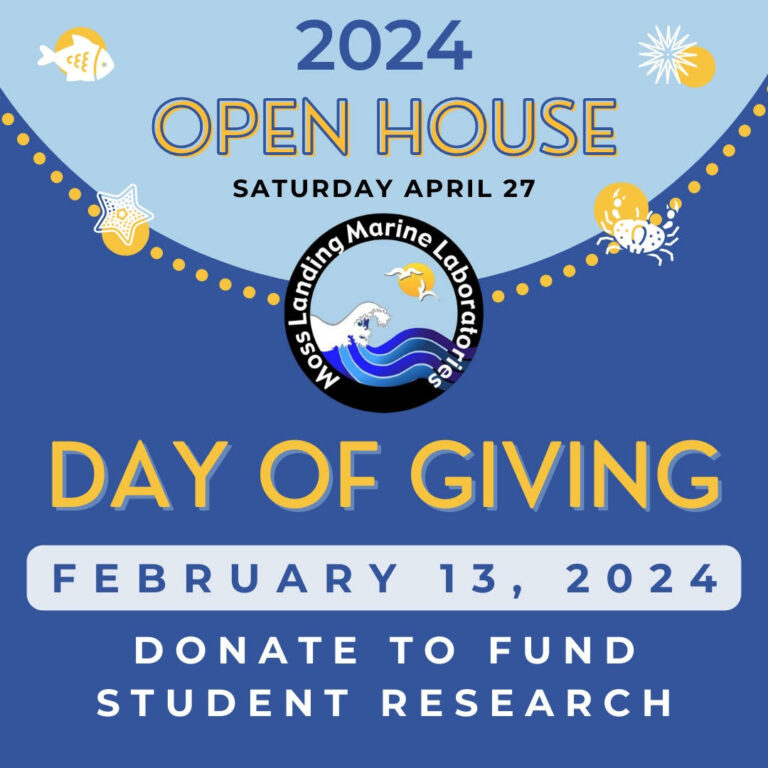
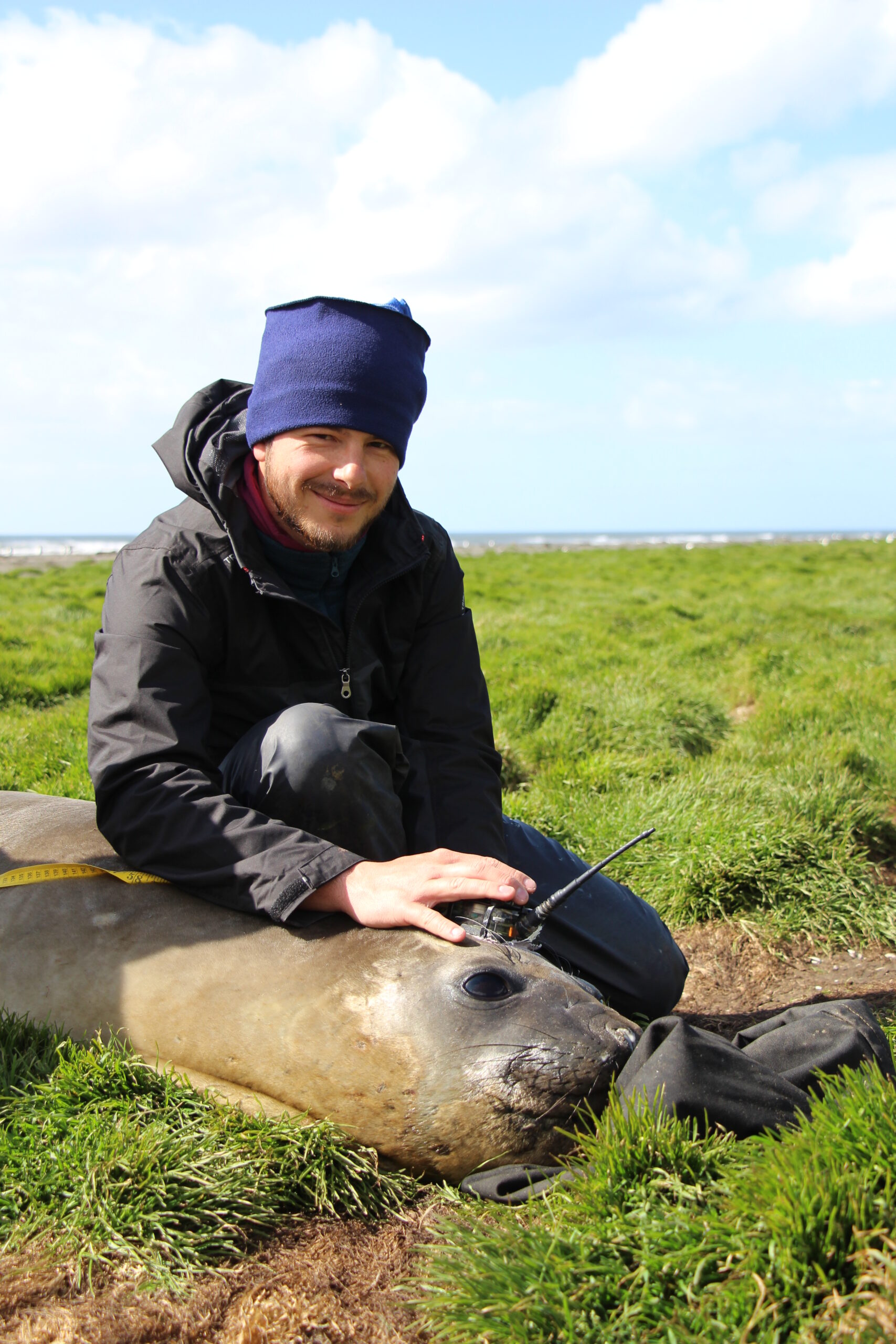
Abstract:
Deep-diving vertebrates evolve within a tri-dimensional ocean where the physical and biological conditions are dynamic. These variations are likely affecting their utilization of the vertical dimension of their environment. To obtain an accurate understanding of the habitat use of deep-diving animals, it is important beforehand to review the environmental information available to characterize this vertical dimension. The work I conducted during my Ph.D. first aimed to obtain, with the help of animal-borne active acoustics biologgers, a better characterization of the variability of the biological parameters along
the vertical dimension. An original biological characterization of the water column was made possible using small range active acoustics. From this characterization, we gained reliable insights on the biomass and behavior patterns of the mid-trophic levels organisms sampled by active acoustics. The second objective of my thesis was to develop an approach to integrate the vertical environmental information, in the form of profiles, by using functional analysis approaches. Doing so, I was able to propose habitat use models for two different species, the Southern elephant seal and the Blainville’s beaked whale. This original approach is significant as it allows the integration of the vertical dimension toward the development of tri-dimensional habitat modeling under the conditions that the spatial and temporal resolutions of the dataset are adequate. Thanks to the development of biologging tools, able to sample parameters that have been seldom obtained due to the difficulty of accessing them, more specific characterization of the water column can be conducted. This new characterization can gradually unveils the barely accessible world of deep-diving mammals by using these high-resolution environmental data to model the tri-dimensional foraging habitats of deep-diving vertebrates.
Bio:
Ocean depths have an indubitably strong fascinating power, and their appeal sparked my main research interests. My interests lie in studying diving vertebrates' behavior and, more specifically, in understanding how the oceanic dynamic environments affect their movement and foraging strategies. Dr. Tournier mostly uses data from biologging tools attached to the diving animals to model their habitat use, as they can provide high resolution on their environment. He earned my Ph.D. in France from the University of La Rochelle, where he studied the deep diving foraging behaviors of Southern elephant seals and beaked whales. By using a diverse set of biologging data, Martin was able to model their tridimensional habitat.
Martin is joining the NSF-funded project led by Dr. McDonald to investigate the habitat use of the post-breeding Emperor Penguins and infer which of the climatological and oceanic conditions affect their
diving and foraging strategies.

